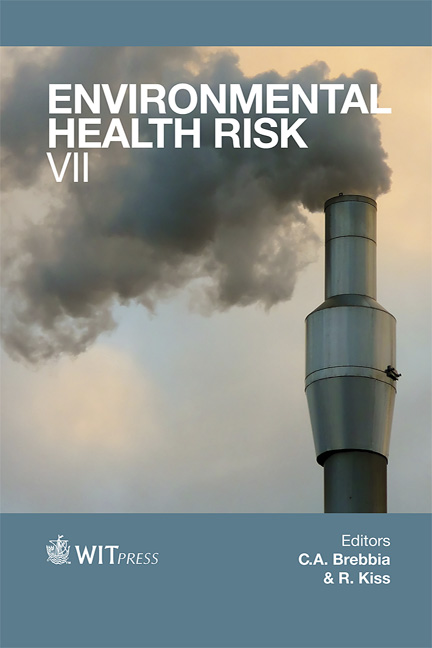Vibration Assessing Model: Comparison Between Methods
Price
Free (open access)
Transaction
Volume
16
Pages
11
Page Range
59 - 69
Published
2013
Size
305 kb
Paper DOI
10.2495/EHR130061
Copyright
WIT Press
Author(s)
G. Alfaro Degan, D. Lippiello, S. Lorenzetti & M. Pinzari
Abstract
The aim of blasting operations is rock fragmentation. It provides an appropriate rock material granulation or size that is suitable for loading and transportation. However, the blasting process and usage of explosives remain a potential source of numerous human and environmental hazards. The aim of this paper is, first of all, to provide models (and models comparison) concerning one of the major environmental issues related to blasting operations in mining and civil engineering projects: ground vibration propagation. The study displays an assessment of ground vibrations caused by blasting experiments at a whinstone quarry. The vibration source is the blasting of a fixed quantity of explosive burden (200 Kg of an Ammonium Nitrate Slurry Watergel – Tutagex 110, fragmented in 8 different parallel blast holes with a fixed 2 meter spacing). The primary goal of this study was to estimate the peak particle velocity (PPV) of the vibration, in order to protect the dwelling area adjacent to the quarry. Based on the data obtained from field measurements, a new equation was proposed: to achieve this objective we use geostatistical modelling, the branch of statistics that studies the phenomena that are developed on space-based, starting from the information derived from the sampling. The decision to describe the phenomenon with geostatistical modelling stems from having a limited number of samples and a vibration source difficult to repeat, which makes the geostatistics suitable for this purpose. In fact, it is often used to study phenomena characterized by a limited availability of samples. The final goal is the comparative analysis between the results obtained by the geostatistical equation and common empirical predictors currently used in blasting practice. The analysis of the comparison between these two approaches shows that the geostatistical tool seems to be suitable to the purposed scope. Keywords: geostatistics, vibrations, quarries, blast.
Keywords
Keywords: geostatistics, vibrations, quarries, blast.





